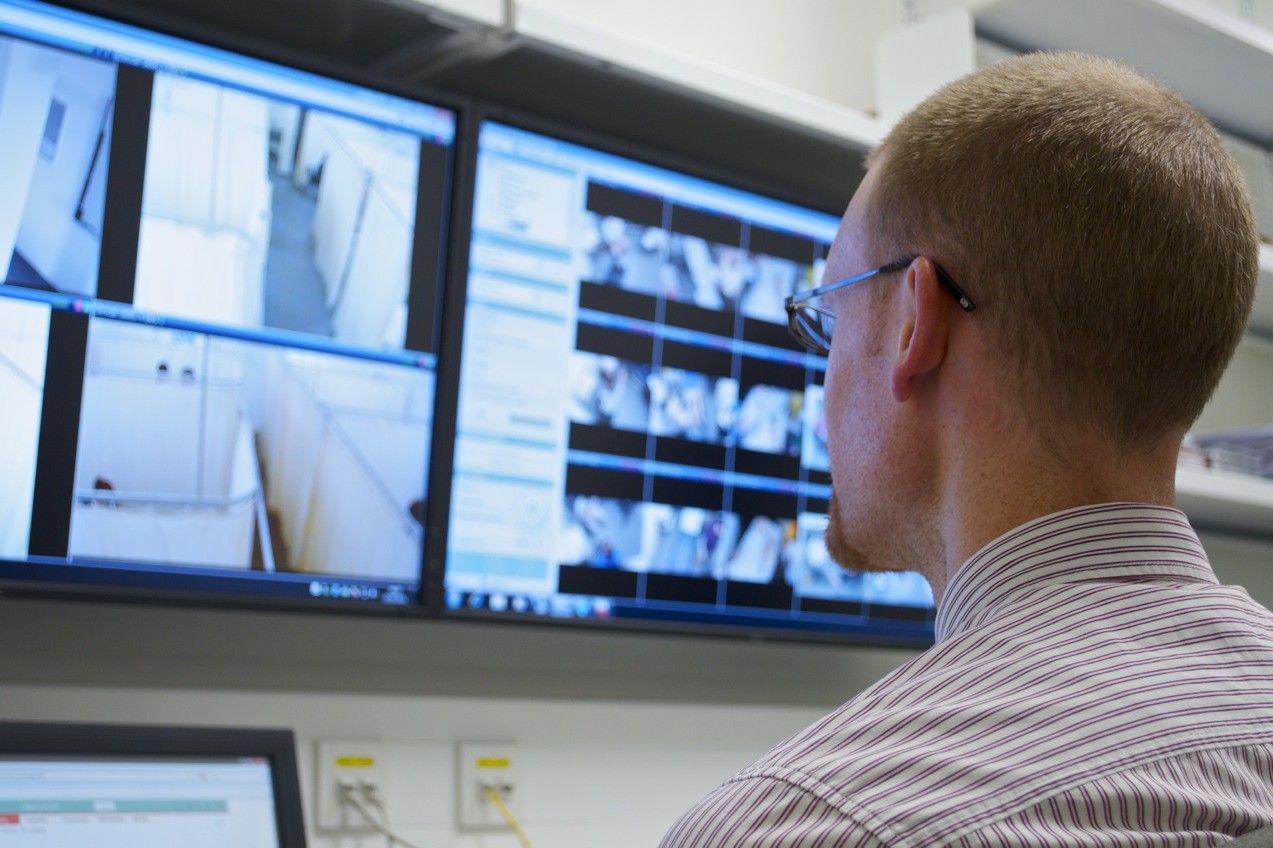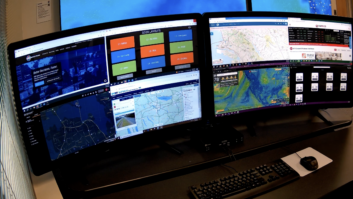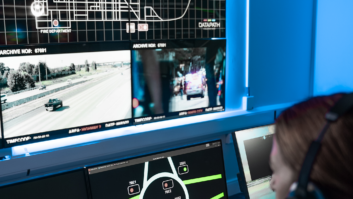
The nature of the AV installer’s role is changing, as AV services migrate from fixed cables and displays to IP networks and mobile devices. How can other services, such as surveillance video and entry control, be incorporated into the complete solution? Steve Montgomery investigates.
Traditionally, the role of the AV system integrator has been to specify, integrate and commission all the specialised hardware components needed to build sophisticated audiovisual systems. Wide-ranging requirements and applications have made each installation unique and integrators have had to learn, understand and master many different hardware devices and software applications that have made this a highly specialised profession.
However, with the rapid coming of very high bandwidth networks in buildings and the evolution of extremely efficient video coding and decoding tools, some of the functions that were once performed by dedicated, hard-wired AV installations have migrated to IP-based methods of transmission and distribution. IPTV, videoconferencing and lately video-over-IP solutions are now commonplace within most market sectors.
“We’re well into the convergence cycle,” says Mike Brandes, CTS, applications engineer, Vaddio. “Soon it will be commonplace for audiovisual technologies to be carried exclusively on IP data networks. Cameras are being ingested into video switching applications and regularly streamed over IP data networks. Entire audiovisual solutions are controlled via Ethernet instead of RS-232. As we move forward, the line between audiovisual and IT will blur even more, in terms of products, services and solutions.”
This offers great opportunity to AV integrators, he believes: “As a whole, AV professionals are slowly improving their knowledge of network systems. AV companies are now providing whole solutions for conference rooms that incorporate VoIP or SIP, whereas years ago there would have been an AV system and a conference phone, as the telco group wouldn’t be able to master AV, and likewise AV wasn’t always able to handle the telecom side. A natural extension of this is to integrate security and surveillance services into the global AV-IT offering.”
Karl Hill, business development, Axis Communications, agrees, but points to some obstacles: “All industries are moving towards communication over intelligent networks but system convergence is still in a very early phase. The convergence is limited by the fact that most players are still holding on to proprietary solutions and communication protocols. The video surveillance industry is proof that the emergence of open solutions will increase the pace of system convergence. Axis’ philosophy is that all APIs and protocols should be open and available without any additional costs to enable integration with any third-party system or devices. Our experience shows that most customers are looking for integration. There are no regulatory issues preventing this, but once again the proprietary solutions from many vendors limit the possibility for their customers to integrate with other systems.”
With the constant evolution of the audiovisual industry, everything can be a beacon or a sensor for just about anything else. Individual components, such as cameras, light- and PIR-movement detectors, can be used to gather information and events that can then be used for multiple purposes; feeding data into the local building management system so that lighting, HVAC and security can be controlled and co-ordinated centrally. Devices are now emerging with dual-purpose capability, an example being Vaddio RoboSHOT cameras. In addition to the high-quality native USB 3.0 or HD-SDI conferencing and broadcast outputs, they are capable of transmitting simultaneous IP streams at different resolutions. That stream can then be used by the AV support department for remote equipment monitoring and troubleshooting, by the security team for surveillance and by facilities management for room usage and general building management.
Picture: courtesy of Milestone







